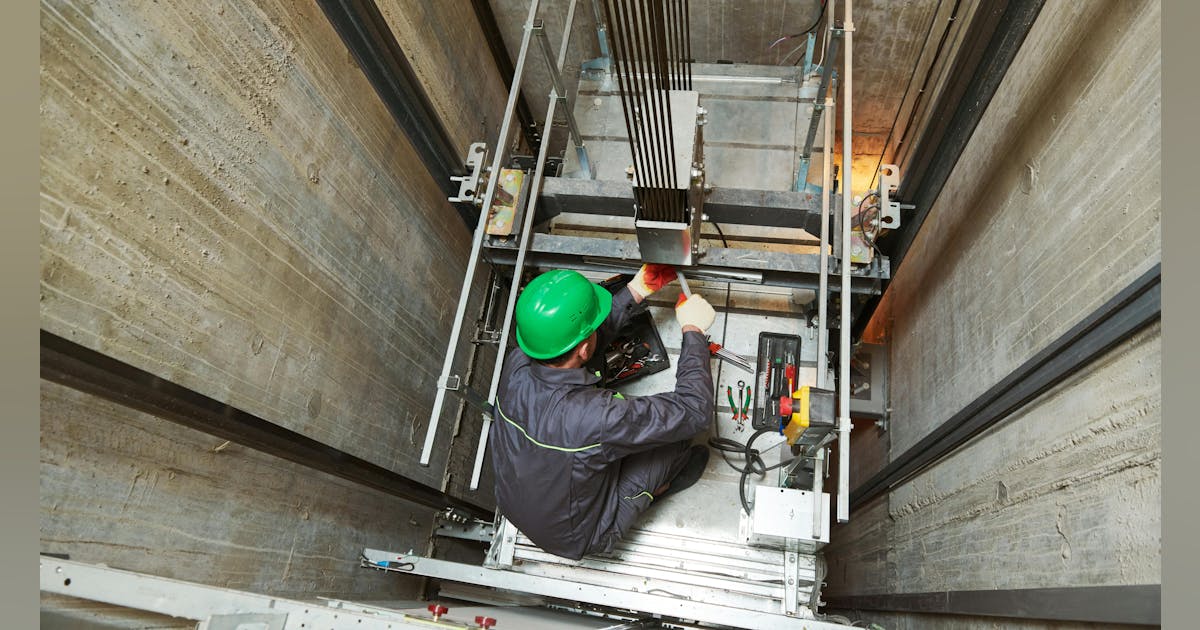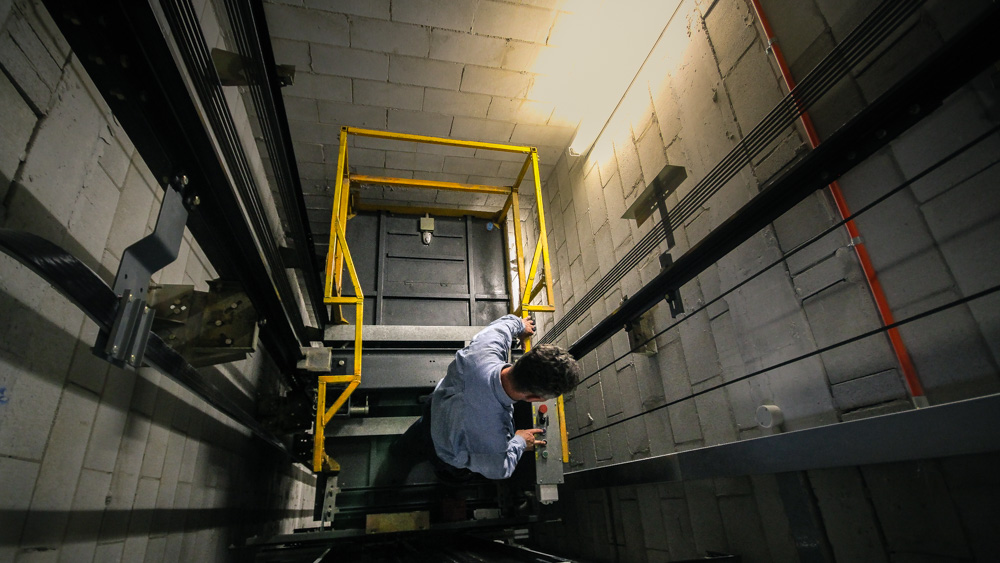Why You Need a Knowledgeable Lift Engineer for Ideal System Efficiency
Why You Need a Knowledgeable Lift Engineer for Ideal System Efficiency
Blog Article
Exploring the Comprehensive Steps Required for Lift Upkeep
In the realm of structure upkeep, making sure the proper functioning and security of lifts is extremely important. By dealing with crucial aspects such as positive upkeep timetables, safety checks, and emergency situation readiness, a thorough understanding of the ins and outs entailed in lift maintenance can lead to enhanced effectiveness and safety and security.
Regular Evaluations
When it pertains to making certain the longevity and security of your lift system, routine examinations are paramount. These routine checks play a vital duty in recognizing any potential problems before they intensify right into significant troubles, making certain the safe and smooth operation of the lift. By conducting routine assessments, maintenance teams can proactively attend to damage, damaged parts, or any other problems that may jeopardize the lift's efficiency or safety and security.
Throughout these assessments, educated experts completely analyze different facets of the lift system, including mechanical elements, electric systems, safety features, and overall structural stability. By finding and dealing with problems early on, these inspections aid stop expensive repairs, downtime, or safety and security hazards, inevitably extending the life expectancy of the lift system and ensuring the wellness of its customers.
Proactive Maintenance Schedules
Applying proactive maintenance timetables is important for taking full advantage of the efficiency and durability of lift systems. By sticking to a proactive maintenance strategy, lift proprietors can attend to prospective problems prior to they intensify into major issues, inevitably minimizing downtime and expensive repair services. Proactive maintenance includes regular assessments, lubrication of relocating components, screening safety and security features, and replacing worn components. These arranged maintenance tasks not only assist in stopping failures yet also add to maintaining the lift's performance at optimal levels.
A well-structured positive maintenance schedule should outline specific jobs, regularities, and accountable personnel. When creating these timetables to make sure the lift operates securely and effectively, it is vital to comply with manufacturer recommendations and industry standards. In addition, recording maintenance tasks and keeping comprehensive documents can provide important understandings right into the lift's efficiency over time, helping in making and recognizing patterns educated maintenance choices.

Safety Compliance Checks
Guaranteeing safety conformity through extensive checks is critical in keeping lift systems' dependability and safeguarding individual well-being. Safety and security compliance checks include a comprehensive analysis of various parts, including electric systems, mechanical components, emergency brakes, doors, and various other crucial safety and security features. These checks are necessary to identify any kind of potential dangers or breakdowns that could jeopardize the lift's operation and placed customers in danger.
Routine safety and security compliance checks must be performed by qualified technicians in adherence to industry guidelines and criteria. These checks help in finding issues at an early stage, enabling prompt repair work and precautionary upkeep actions to be executed. Moreover, maintaining thorough records of safety compliance checks is vital for tracking the lift system's efficiency with time and showing compliance with security guidelines.
Tools Upgrades and Innovation
Enhancing lift systems with equipment upgrades and innovation is crucial for boosting effectiveness and safety criteria in upright transportation. As technology advances, older lift systems might end up being outdated, leading to lowered dependability and potential safety and security hazards. By investing in tools upgrades and modernization, structure proprietors can guarantee that their lifts fulfill present industry criteria and policies.

Along with operational advantages, devices upgrades and modernization tasks can also improve the looks of the lift, offering an extra appealing and contemporary experience for guests. Eventually, buying lift upgrades and modernization is a positive approach towards making sure the long life, security, and efficiency of vertical transportation systems.
Emergency Readiness Planning
An effective emergency preparedness strategy is essential for guaranteeing the safety and security and speedy reaction in situation of unanticipated incidents including lift systems. Emergency situation readiness preparation for lift systems involves a methodical method to mitigate dangers, ensure traveler security, and minimize downtime throughout emergencies.
Trick components of an emergency situation preparedness prepare for lifts include clear interaction methods, normal training for lift drivers on emergency treatments, and regular drills to check the efficiency of the plan. like it lift maintenance. Furthermore, the strategy should describe details duties and duties for all stakeholders entailed, including structure monitoring, maintenance personnel, and emergency situation -responders
In the event of a lift malfunction or entrapment, having a distinct emergency situation strategy can assist in collaborating a timely and efficient feedback to make certain the security and wellness of passengers. Prompt interaction, access to emergency tools such as interaction gadgets and emergency lights, and expertise of emptying procedures are essential facets of a thorough emergency preparedness prepare for lift systems. By prioritizing emergency readiness preparation, building managers can boost the general safety and security and dependability of their lift systems.
Conclusion
To conclude, the detailed steps needed for lift upkeep consist of routine evaluations, aggressive maintenance schedules, security compliance checks, devices upgrades and modernization, and emergency situation preparedness preparation. These measures are crucial for guaranteeing the safety and security, dependability, and performance of lifts in different setups. By carrying out these actions, lift owners can decrease the risk of crashes, extend the life expectancy of their equipment, and adhere to sector policies.

During these examinations, trained experts extensively analyze numerous aspects of the lift system, including mechanical parts, electric systems, safety functions, and total structural integrity.Making sure safety and security compliance with detailed checks is paramount in preserving lift systems' dependability and guarding user wellness. Maintaining thorough documents of safety compliance checks is vital for tracking the lift system's efficiency over time and showing conformity with safety and security regulations.
By prioritizing emergency preparedness planning, building managers can improve this hyperlink the general security and integrity of their lift systems.
Report this page